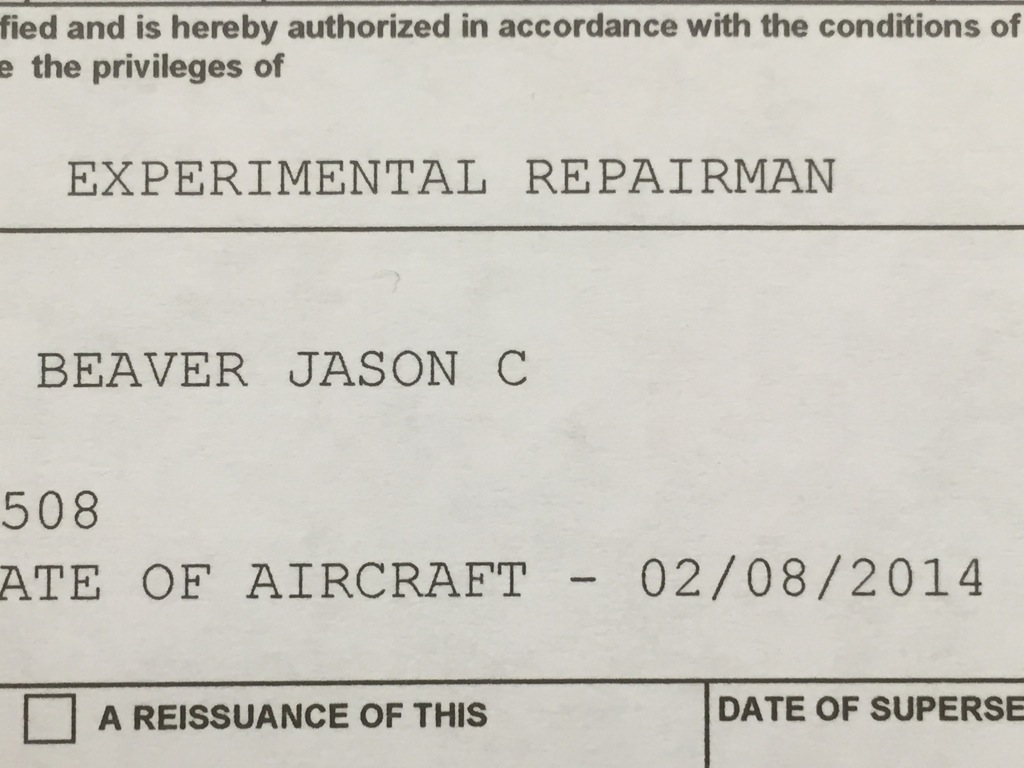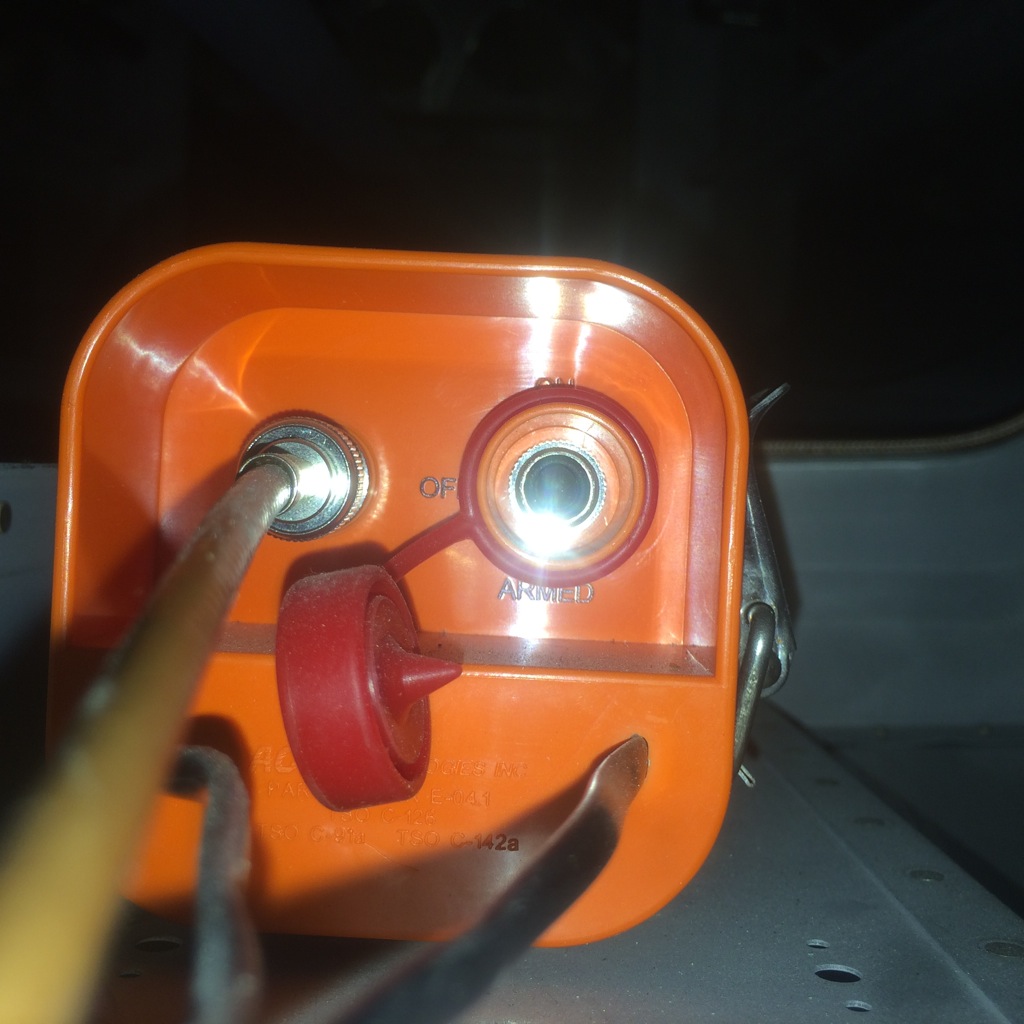Welcome to the new, WordPress powered version of my RV-7 blog! After nearly 2 years without updates, the blog is alive again!
This site has been managed since the beginning with some blogging software called MovableType. The company that owns that made it closed-source several years back and my hosting company stopped supporting it. This meant the pages were visible, but I couldn’t log in and add new entries. After months of not having the time to deal with it, I finally found a company that would migrate all of the blog entries from MovableType to WordPress. After some additional cleanup, this is the result. There are a few things different about the new site:
- Larger thumbnails
- Image thumbnails now link to full-sized versions to make it easier to see details
- Much better appearance on smart phones and tablets
- Better organization and navigating of categories
- Fixed countless grammar and spelling errors
- Fixed all of the upside-down pictures
Please use the contact link at the top of the page to let me know if you find anything amiss with the new site.














